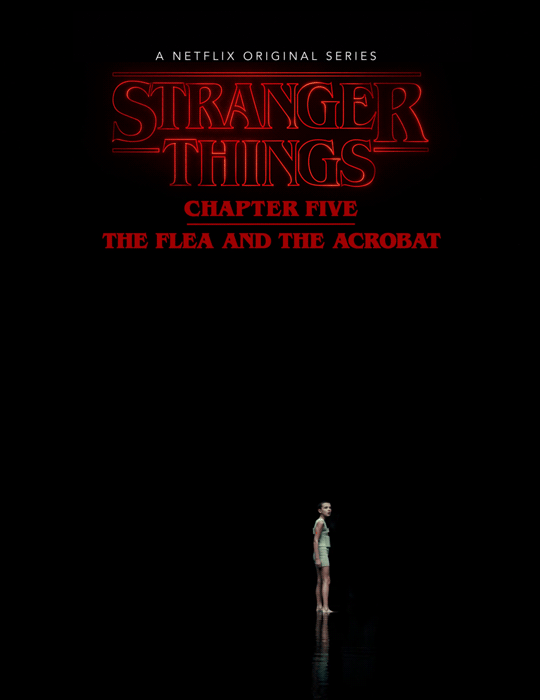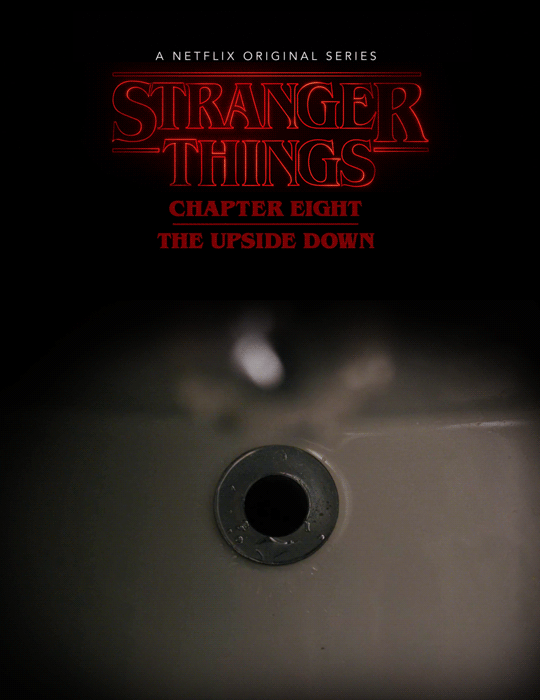Attention campers. Lunch has been cancelled due to lack of hustle. Deal with it.
Don't wanna be here? Send us removal request.
Video
jsc2006e54709 by NASA Johnson Via Flickr: JSC2006-E-54709 (21 Dec. 2006) --- Overall view of the Shuttle Flight Control Room in the Johnson Space Center's Mission Control Center during the final deployment of some small satellites from Space Shuttle Discovery's cargo bay. On a screen in the front of the control room, a Department of Defense pico-satellite known as Atmospheric Neutral Density Experiment (ANDE) is released from the shuttle's payload bay by STS-116 crewmembers and viewed via live television on the ground. Santa Claus and one of his reindeer, who are also associated traditionally with low Earth orbit at this time of year, adorn the top of a console in the control room.
5 notes
·
View notes
Video
jsc2006e54730 by NASA Johnson Via Flickr: JSC2006-E-54730 (21 Dec. 2006) --- A scene inside the Shuttle Flight Control Room in the Johnson Space Center's Mission Control Center during the final deployment of some small satellites from Space Shuttle Discovery's cargo bay. On a screen (top right) in the front of the control room, a Department of Defense pico-satellite known as Atmospheric Neutral Density Experiment (ANDE) is released from the shuttle's payload bay by STS-116 crewmembers and viewed via live television on the ground. A seasonal snowman adorns the top of a console in the control room, perhaps representing the hopes of some flight controller for a white Christmas, unfortunately not in the forecast for the Houston area this year.
1 note
·
View note
Video
iss049e005487 by NASA Johnson Via Flickr: ISS049e005487 (09/18/2016) --- The International Space Station flies approximately 250 miles over thunderstorms visible during a nighttime pass. Lightning can be seen flashing brightly inside the clouds below.
5 notes
·
View notes
Video
iss048e069418 by NASA Johnson Via Flickr: ISS048e069418 (09/01/2016) --- Expedition 48 Commander Jeff Williams (pictured) and Flight Engineer Kate Rubins of NASA conducted a six-hour and 48-minute spacewalk on Sept. 1, 2016. The pair successfully retracted a thermal radiator, installed two enhanced high definition cameras on the station’s truss and tightened bolts on a joint that enables one of the station’s solar arrays to rotate. The spacewalk was the second for Williams and Rubins in just 13 days, the fifth of Williams’ career and the second for Rubins.
#Spacewalk#EVA#Extravehicular Mobility Unit#extravehicular activity#Jeff#Williams#Kate#rubins#NASA#astronaut#external#earth#feet#robotics#cameras#solar#array
2 notes
·
View notes
Video
Expedition 48 Soyuz TMA-20M Landing by NASA Johnson Via Flickr: nhq201609070008 (09/07/2016) --- Russian Search and Rescue teams arrive at the Soyuz TMA-20M spacecraft shortly after it landed with Expedition 48 crew members NASA astronaut Jeff Williams, Russian cosmonauts Alexey Ovchinin, and Oleg Skripochka of Roscosmos near the town of Zhezkazgan, Kazakhstan on Wednesday, Sept. 7, 2016(Kazakh time). Williams, Ovchinin, and Skripochka are returning after 172 days in space where they served as members of the Expedition 47 and 48 crews onboard the International Space Station. Photo Credit: (NASA/Bill Ingalls)
#Expedition 48#Expedition 48 Landing#Kazakhstan#Parachute#Roscosmos#Russian Federal Space Agency (Roscosmos)#Soyuz Capsule#Soyuz TMA-20M#Zhezkazgan#KAZ
0 notes
Photo








It was a seven. The roll. It was a seven. The Demogorgon, it got me.
8K notes
·
View notes
Photo








Stranger Things - 1.03 - Chapter Three: Holly, Jolly
303 notes
·
View notes
Video
Earth Observations "Islands In The Sky" by NASA Johnson Via Flickr: ISS047e025377 (03/28/2016) --- "Islands in the Sky" . Members of the International Space Station Expedition 47 crew took in the beauty of our planet on Mar. 3, 2016 as dusk falls over the oceans. NASA astronaut Jeff Williams took this majestic image.
0 notes
Video
Mars Triptych by European Space Agency Via Flickr: Operations image of the week is this triptych that brings together three excellent images of Mars acquired this month by two cameras in space and one in Australia. The image at left was taken on 22 May by amateur astrophotographer Dylan O’Donnell from his home-built backyard observatory in Byron Bay, New South Wales. On 22 May, Mars was at opposition with respect to Earth, meaning the Sun and Mars were on exact opposite sides of Earth. Mars was also rather nearby, at just 76.3 million km from Earth. To capture his image, he used a Celestron 9.25 inch Edge HD telescope. In a Facebook posting, Dylan noted: Mars is at opposition tonight, which means its brighter than it will be for another few years, and it's one of the larger views for many years. Previously I thought the white at the bottom was the southern polar ice cap but a recent Hubble image reveals this is persistent cloud cover. Indeed much of the cloud cover from 12 May seen in the Hubble image, on the right, can still be seen in mine on 22 May. The image at right is the ESA/NASA Hubble space telescope image that Dylan used for comparison with his own photo, and was acquired on 12 May (just 10 days before the opposition described above) when the planet was 80 million km from Earth, revealing details as small as 32–48 km across. The image at centre was acquired by the Visual Monitoring Camera on Mars Express about 10 000 kms from the surface at 22:17 GMT on 22 May, some eight hours after Dylan conducted his observation. With its operational usage having been completed in 2003, the low-resolution camera has until now been used for only outreach and education. Starting this spring, however, it has been upgraded to a full science instrument in recognition of the intrinsic quality of its images, which in particular can support cloud tracking and dust storm monitoring, making significant contributions to planetary science. On 30 May, Mars will be the closest it has been to Earth in 11 years, at a distance of 75.3 million km. Mars is especially photogenic during opposition because it can be seen fully illuminated by the Sun as viewed from Earth. Credit: D. O'Donnell - ESA/Mars Express/VMC CC BY-SA 3.0 IGO - ESA/NASA/Hubble
#mars#Mars Express#Dylan#O'Donnell#Celestron#space#ESA#Hubble Space Telescope#astrophotography#telescope#VMC#opposition#operations
0 notes
Video
100 000 orbits by Tim Peake Via Flickr: Today the ISS completed its 100,000th orbit of our beautiful planet Earth. An amazing feat of science, engineering and international cooperation - congratulations Space Station! More info: www.esa.int/spaceinimages/Images/2016/05/Voyage_around_Earth Credits: ESA/NASA 124F4247
2 notes
·
View notes
Video
Binnen in het ISS is het tussen de 20 en 30 graden, Buiten tussen de -150 en +150 graden, afhankelijk of de zon op iets schijnt. by André Kuipers Via Flickr: Inside the ISS it is between 20 and 30 degrees C. Outside, between -150 and +150 degrees, depending on whether there is sunlight. Credit: ESA/NASA
#International Space Station#ISS#Earth from space#Expedition 30#PromISSe#Kibo#Destiny#Columbus#ruimteschipaarde
2 notes
·
View notes
Video
Atmosfeergloed. Grote Beer verdwijnt net achter de horizon. by André Kuipers Via Flickr: Atmospheric glow. The Ursa Major, the Big Dipper, disappears behind the horizon. Credit: ESA/NASA
1 note
·
View note




























